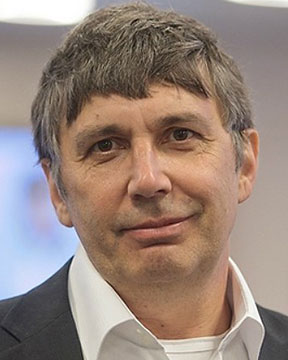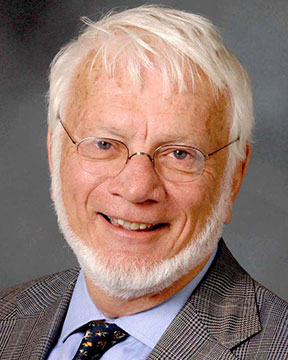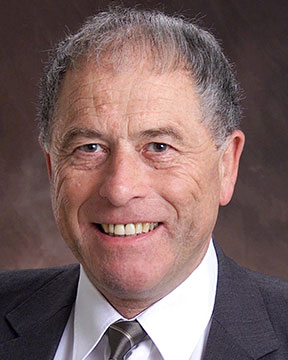



















 |
Laszlo TothLorraine UniversityInsights In The Variations Of Deformation Mechanisms In Polycrystals With The Help Of Texture Modeling From Macro To Nano Grain Sizes Zehetbauer International Symposium on Science of Intelligent and Sustainable Advanced Materials (4th Intl. Symp. on Science of Intelligent and Sustainable Advanced Materials (SISAM)) Back to Plenary Lectures » |
Abstract:It is shown in this work that the crystallographic texture can be efficiently used for getting insight into the deformation mechanisms that take place during plastic deformation. The technique is based on the modelling of the 4D nature of the orientation distribution function (ODF) of the grains (3D) which evolves with strain (1D plus). The changes in the texture are more enhanced when the deformation is extremely high, which can be imparted to the material using the various recent severe plastic deformation (SPD) processes. The most relevant effect in SPD is the grain fragmentation process, which has a strong effect on the grain size and shape. By SPD of alloyed metals nano-range grain sizes can be reached (down to 30 nm) by enhancing in this way the role of the grain boundaries (SPD is a top --> bottom process). Alternatively, nano-polycrystals can be constructed using bottom --> up techniques with even smaller grain sizes (by electro-deposition or powder metallurgy). When such materials are deformed, unusual textures develop. It is shown in this work by polycrystal modelling of the texture evolution that the effect of the existence of the large grain boundary surfaces is a change in the operating slip systems when grains are ultra fine (below 500 nm) or nano-sized (below 100 nm). The main effects are: partial slip, nano-twin formation, grain boundary sliding and migration. The overall behaviour of the polycrystal is also changing; initially, when grain size is still large, heterogeneous deformation from grain-to-grain is valid - which requires the use of a self consistent polycrystal model - while for nano grain sizes the polycrystal approaches more the uniform Taylor polycrystal behaviour. The consequence of the Taylor behaviour is a large reduction in the density of geometrically necessary dislocations which is confirmed by EBSD measurements. |
|